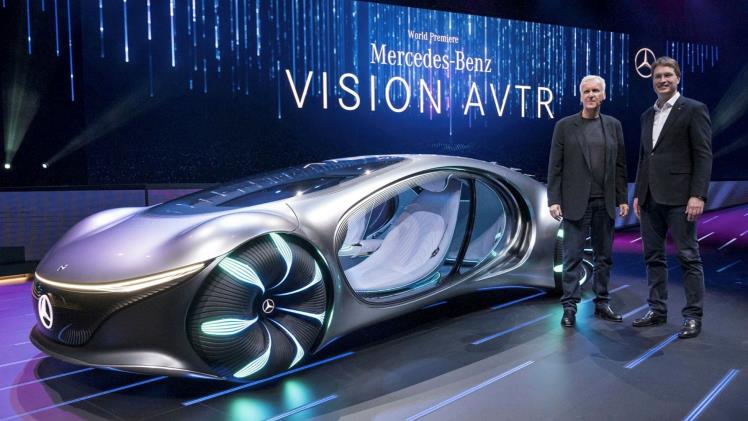The largest potential impact of self-driving cars is in time savings for drivers in urban areas, which we calculate in the city setting above. In the outside setting, we estimate the potential impact of autonomous cars and other autonomous vehicles such as trucks and buses outside of cities. The total economic potential from self-driving cars used outside urban areas is $224 billion to $240 billion, based on the value of time and fuel saved and traffic fatalities avoided.
Self-driving trucks have a potential impact of $25.4 billion to $38.7 billion in 2025, based on a reduction in the number of drivers and accidents, as well as savings in fuel and emissions. The reduction in fuel and emissions comes from lower fuel waste due to driver behavior, and the ability to build self-driving trucks that are more fuel-efficient.
You will need to know about: sitepoint24.
Connected navigation
The Internet of Things can enable more precise navigation for vehicles by using connections between vehicles and between vehicles and other connected devices and objects (in addition to connections to GPS satellites). Connected navigation can generate significant savings across different modes of transportation and sectors of the economy. In Norway, a connected ship navigation system called REX (route exchange) is used to speed the flow of ships in the crowded Horten-Moss Strait in the Oslo Fjord.
Using open-source software including MARSSA (marine systems software architecture) and a “maritime cloud” communication framework, REX reads onboard sensors on each freighter and provides real-time information to their captains, to ferries in the area, and to a land-based sea traffic coordination center.53 We estimate that raising average ship speeds using IoT technology in this way could reduce transportation costs by 11 to 13 percent, which could have an economic impact of $4.5 billion to $9.3 billion per year in 2025. In personal vehicles (cars), connected navigation can not only save time for motorists—the average American spends 30 to 60 minutes per day commuting by car to work—but can also enable other time- and energy-saving IoT applications.54 For example, Mercedes-Benz has an application that detects when a driver is heading home and can instruct a home management system to adjust the temperature in the house.
In the future, other car-based IoT applications are possible, such as a link to a smart refrigerator that would tell the driver what items to pick up on the way home, even suggesting a store to shop at, based on location data (these applications obviously require interoperability between IoT systems). We estimate that connected navigation systems in personal transportation can create value of $1.4 billion to $2.8 billion per year.
This is based on the assumption that consumers would be willing to pay a $100 premium for a car with this capability and that 40 to 80 percent of new cars in developing economies and 50 to 100 percent of cars in advanced economies would be so equipped in 2025. This estimate does not include the impact of autonomous vehicles that are equipped for connected navigation, which is sized elsewhere. Finally, connected navigation in air travel has the potential to save 2 to 5 percent per year in fuel and CO2 emissions in 2025, for a potential economic impact of $4.2 billion to $5.2 billion per year. This would be achieved, in part, through adoption of new air traffic-control systems such as the US NextGen system, which uses GPS rather than radar to track the precise location of aircraft. That is expected to enable controllers to allow less distance between aircraft, which could reduce delays by 38 percent, the Federal
Visit this site: edweeksnet to get various latest news and you can also check out this site: dpreviews.
Finally
Aviation Administration estimates.55 Tracking goods in transit An average shipping container is utilized only about 20 percent of the time because there are so many customers in so many locations. Tracking each container using IoT techniques (installing devices on each container to relay location data and other information) could improve container utilization by 10 to 25 percent, potentially reducing annual spending on containers by nearly $13 billion per year in 2025. In the package-delivery business, an estimated 0.5 percent of packages are lost in transit in advanced economies and an estimated 3 percent are lost in developing economies. Using tags on packages rather than scanning bar codes at each step of the delivery process could reduce the number of lost packages by up to 30 percent. Additionally, damage to goods in transit costs the package-delivery business about $5 billion per year.
Click here to know more about webnews4u





